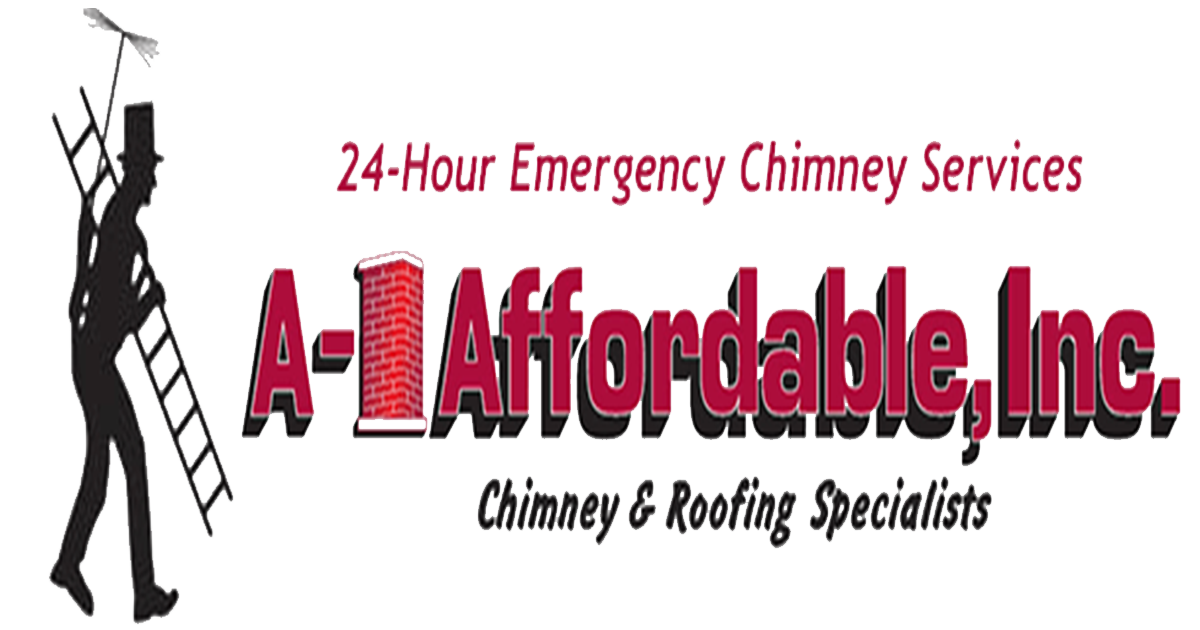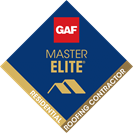Level 1 Inspections
Inspect readily accessible areas of chimney, chimney structure and flue required for basic appliance installation and connection. For verification of the chimney for continued service with no changes to appliance(s).
Level 2 Inspections
Inspect accessible portions of chimney structure and enclosed flues. Check for proper clearances from combustibles, size and suitability of flues for connected appliances. Includes video scanning or other means for verification of suitability of chimney for any changes in heating appliances. Required for sale or transfer of property.
Level 3 Inspections
Inspect internal and external concealed portions of chimney structure. Includes demolition of components of building or chimney. For verification when areas cannot be properly evaluated with level 1 and 2 inspections.
THE 3 LEVELS OF INSPECTIONS EXPLAINED
LEVEL 1:
If your appliance or your venting system has not changed and you plan to use your system as you have in the past, then a Level 1 inspection is a minimum requirement. A Level 1 inspection is recommended for a chimney under continued service, under the same conditions, and with the continued use of the same appliance.
In a Level 1 inspection, your chimney service technician should examine the readily accessible portions of the chimney exterior, interior and accessible portions of the appliance and the chimney connection. Your technician will be looking for the basic soundness of the chimney structure and flue as well as the basic appliance installation and connections. The technician will also verify the chimney is free of obstruction and combustible deposits.
LEVEL 2:
A Level 2 inspection is required when any changes are made to the system. Changes can include a change in the fuel type, changes to the shape of, or material in, the flue (i.e. relining), or the replacement or addition of an appliance of a dissimilar type, input rating or efficiency. Additionally, a Level 2 inspection is required upon the sale or transfer of a property or after an operation malfunction or external event that is likely to have caused damage to the chimney. Building fires, chimney fires, seismic events as well as weather events are all indicators that this level of inspection is warranted.
There are no specialty tools (i.e. demolition equipment) required to open doors, panels or coverings in performing a Level 2 inspection. A Level 2 inspection shall also include a visual inspection by video scanning or other means in order to examine the internal surfaces and joints of all flue liners incorporated within the chimney. No removal or destruction of permanently attached portions of the chimney or building structure or finish shall be required by a Level 2 inspection.
A Level 2 inspection includes everything in a Level 1 inspection, plus the accessible portions of the chimney exterior and interior including attics, crawl spaces and basements. It will address proper clearances from combustibles in accessible locations.
LEVEL 3:
A Level 3 inspection includes all the areas and items checked in a Level 1 and a Level 2 inspection, as well as the removal of certain components of the building or chimney where necessary. A Level 3 inspection addresses the proper construction and the condition of concealed portions of the chimney structure and the flue. Removal or destruction, as necessary, of permanently attached portions of the chimney or building structure will be required for the completion of a Level 3 inspection
Removal of components (i.e., chimney crown, interior chimney wall) shall be required only when necessary to gain access to areas that are the subject of the inspection. When serious hazards are suspected, a Level 3 inspection may well be required to determine the condition of the chimney system.
NFPA produces a safety standard for Chimneys, Fireplaces, Vents, and Solid Fuel-Burning Appliances, called NFPA 211. This document is available for free online at the NFPA website; see NFPA 211. Section 15.4.1 (3) is where you’ll find the recommendation for a level 2 inspection. While NFPA 211 is not “law” or “code”, it is generally accepted as the appropriate level of safety and care for construction and inspection of fireplaces. Not only that, but this document is also referenced repeatedly by the International Residential Code.
BUYING OR SELLING: KNOW WHAT YOU ARE GETTING INTO
A level 2 chimney inspection is required upon the sale or transfer of a property. While a stranded home inspection includes mention of what is visible with the human eye, a Level 2 inspection allows us to really know what is going on inside the entire length of chimney. When the interior of the chimney is not examined. it leaves you open to potential extensive and expensive repairs.
WHY DO I NEED A LEVEL 2 CHIMNEY INSPECTION IF I HAD HOME INSPECTION?
A home inspection includes an overview of the general condition of the house mainly focusing on electrical, plumbing, roofing, appliances, etc. Home inspection and only look for obvious exterior concerns. A Level 2 inspection on the other hand, picks up where the home inspector left off. It provides an in depth analysis of the exterior and interior along with all components, assuring that this complex system are examined thoroughly.
WHAT DOES OUR CAMERA INSPECTION ENTAIL?
When we conduct a scan with our high tech equipment that is specifically designed for this purpose, we follow the scope of the NFPA's Level 2 inspection. We lower the camera down into the chimney or up into the chimney and view the footage in real time. With video/camera scan technology, we are able to view the entire length of the flue up close. These pictures and/or videos are then transferred to a detailed report along with our recommendations and estimate so you can be can make the best possible decision about your investment.











